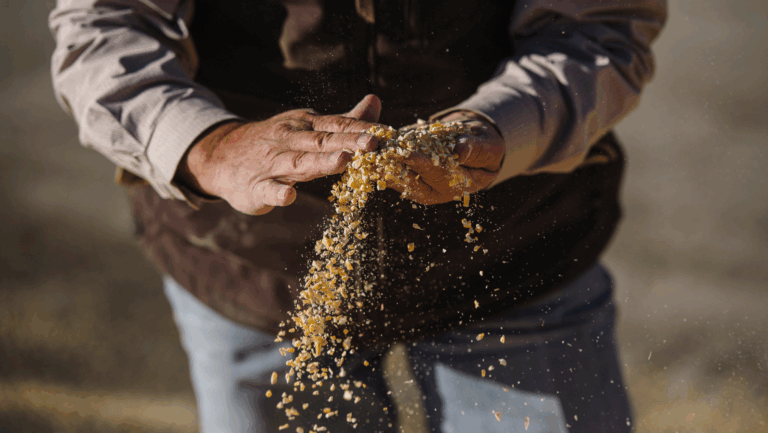Understanding Cash Flow and Why It’s Important for Your Farm Operation
Tools to Help You Evaluate Your Farm’s Working Capital.
Cash flow is the gross annual income a farm is able to generate throughout the course of a year. Understanding cash flow allows farmers to better assess the working capital in their operation.
Why is working capital important? Current working capital refers to the liquidity in a farm operation that is available for purchases and production expenses. The working capital amount can be found when you subtract liabilities from the assets available. Current liabilities include,
- Existing debt;
- Operational expenses;
- Accounts payable; and
- Accrued interest.
Anything that can be converted into cash would fall into the current assets category, such as:
- Commodities;
- Equipment;
- Accounts receivable; and
- Land owned.
A higher cash flow leads to stronger working capital and creates a cushion for farm operations against factors outside of their control. Unpredictable weather patterns, loss of livestock, or illness—such as the recent COVID-19 pandemic—can knock a farm operation off course in the blink of an eye. A strong foundation of working capital can keep a farm on track through tough times while opening the door for further opportunities to increase cash flow.
What is the Current Ratio?
To better assess the status of working capital within an operation, farmers and ranchers use the current ratio to measure their ability to pay short-term obligations. This important metric can be computed by dividing current assets by current liabilities. A ratio of 1.0 and above indicates that an operation holds liquidity on hand in excess of obligations due within the next 12 months. Regularly assessing the working capital of your farm through the current ratio will shed perspective on your financial position and whether or not the working capital is sufficient in covering short term obligations.
Ways Farmers Can Increase Working Capital for their Operation
The USDA forecasts a 9 percent decrease in working capital for 2020, This prediction was updated February 5, 2020, prior to the unforeseen impacts of COVID-19, and will likely decrease further as the situation unfolds. A decrease in working capital is attributed to the ongoing trend of declining annual farm incomes combined with an increase in operational expenses. Feed purchases and farm labor remain among the top expense categories for the agriculture industry and are forecasted to increase 5.8 percent and 5.3 percent consecutively from 2019.
Industry experts anticipate American farms’ working capital to continue on this downward decline this year, especially with the recent pandemic. Nevertheless, there are several ways for you to better position yourself financially.
Sell Nonproductive Assets
Evaluate the assets on your farm, including property and equipment owned. Is there equipment that is no longer used or outdated? Is there under-utilized land that can be sold, rented, or used for additional planting? These are all opportunities to increase your working capital and secure the financial position of your operation.
Refinance Real-Estate Loans
Talk with a land loan expert about the refinancing options available to you. Refinancing property mortgages or consolidating existing debt through alternative financing can provide you with more flexible payment options in ways that traditional lenders can’t. Depending on your situation, it can allow for long-term fixed rates and lower payment options. Both can increase cash flow and working capital for your operation and cushion you from the impact of a volatile season or industry.
How is AgAmerica Helping Farmers and Ranchers Improve their Working Capital?
As a nationwide land lender, AgAmerica has had the privilege of providing financial assistance for farmers and ranchers across the country who are looking to increase their working capital. With the help of our dedicated team of land lending experts, a rancher in Oregon was able to consolidate existing debt with a $314K cash-out option for short-term liquidity. Refinancing his ranch afforded his family the ability to expand their operation and continue to move forward.






